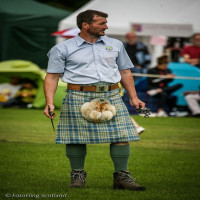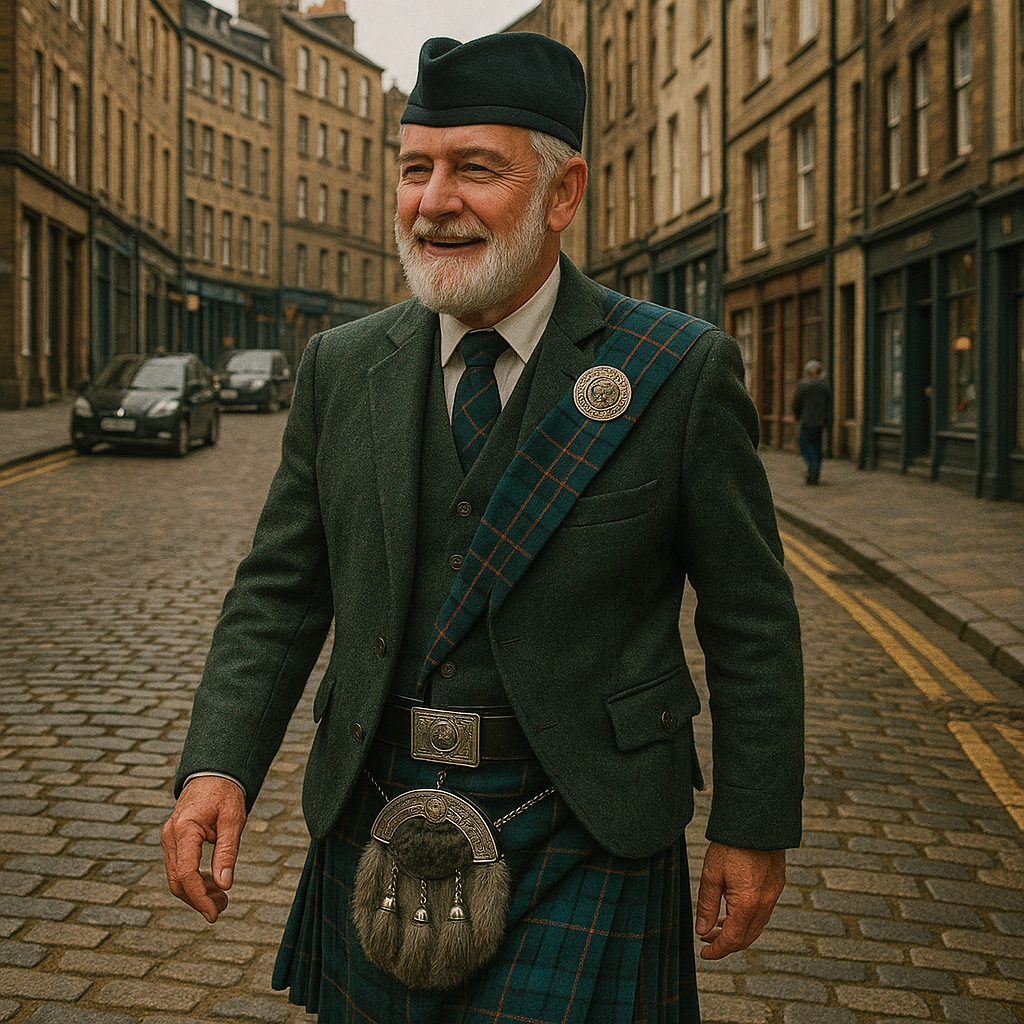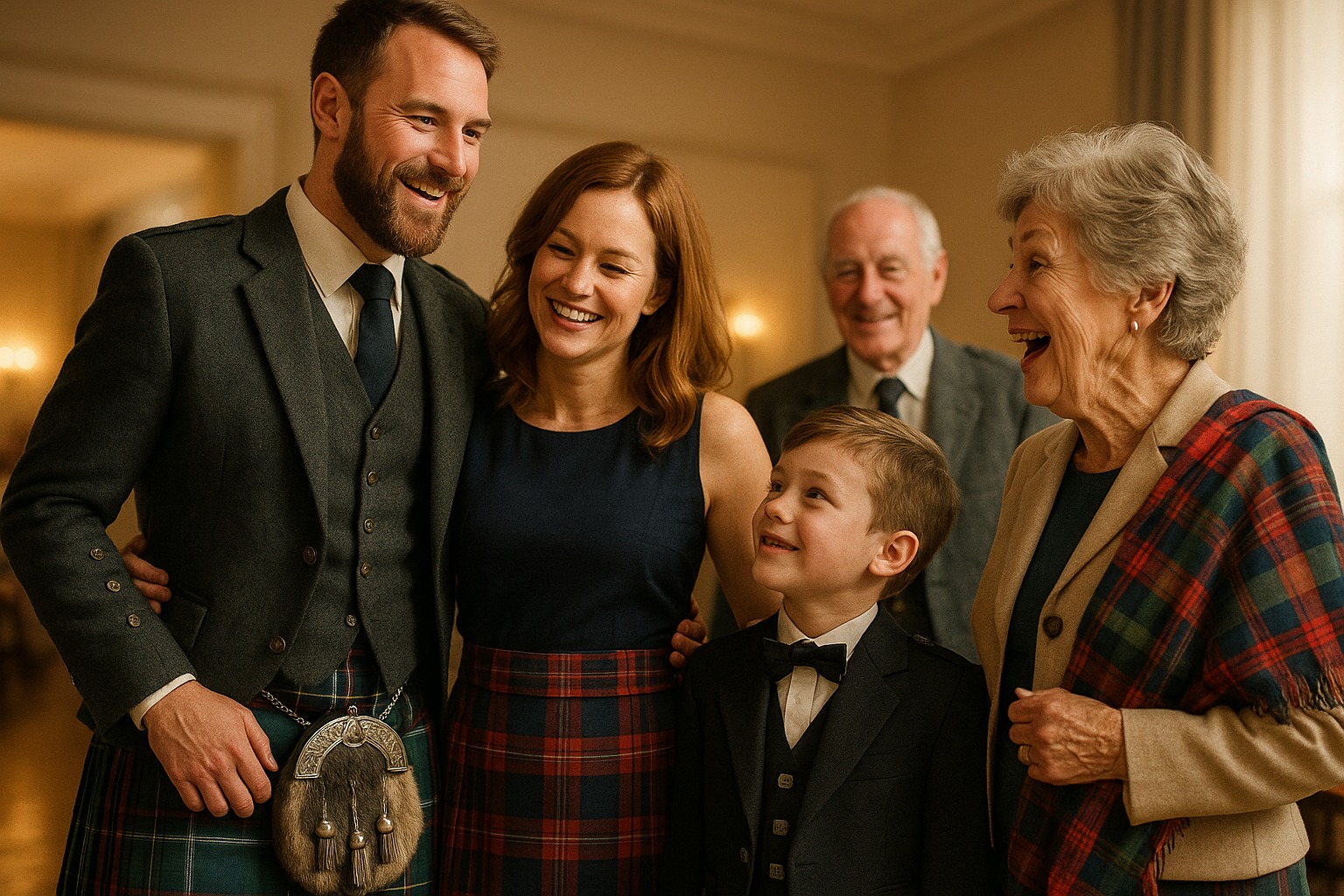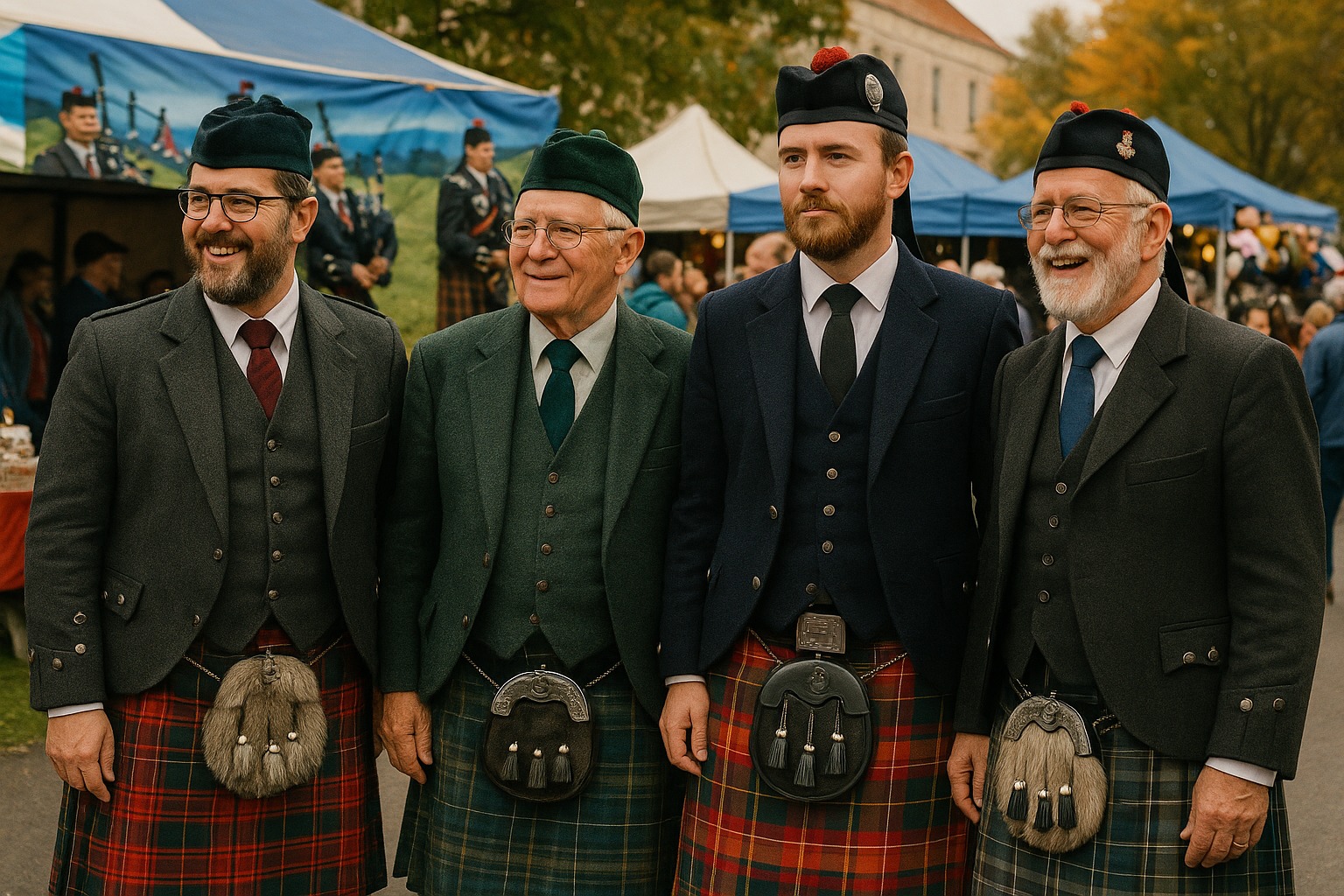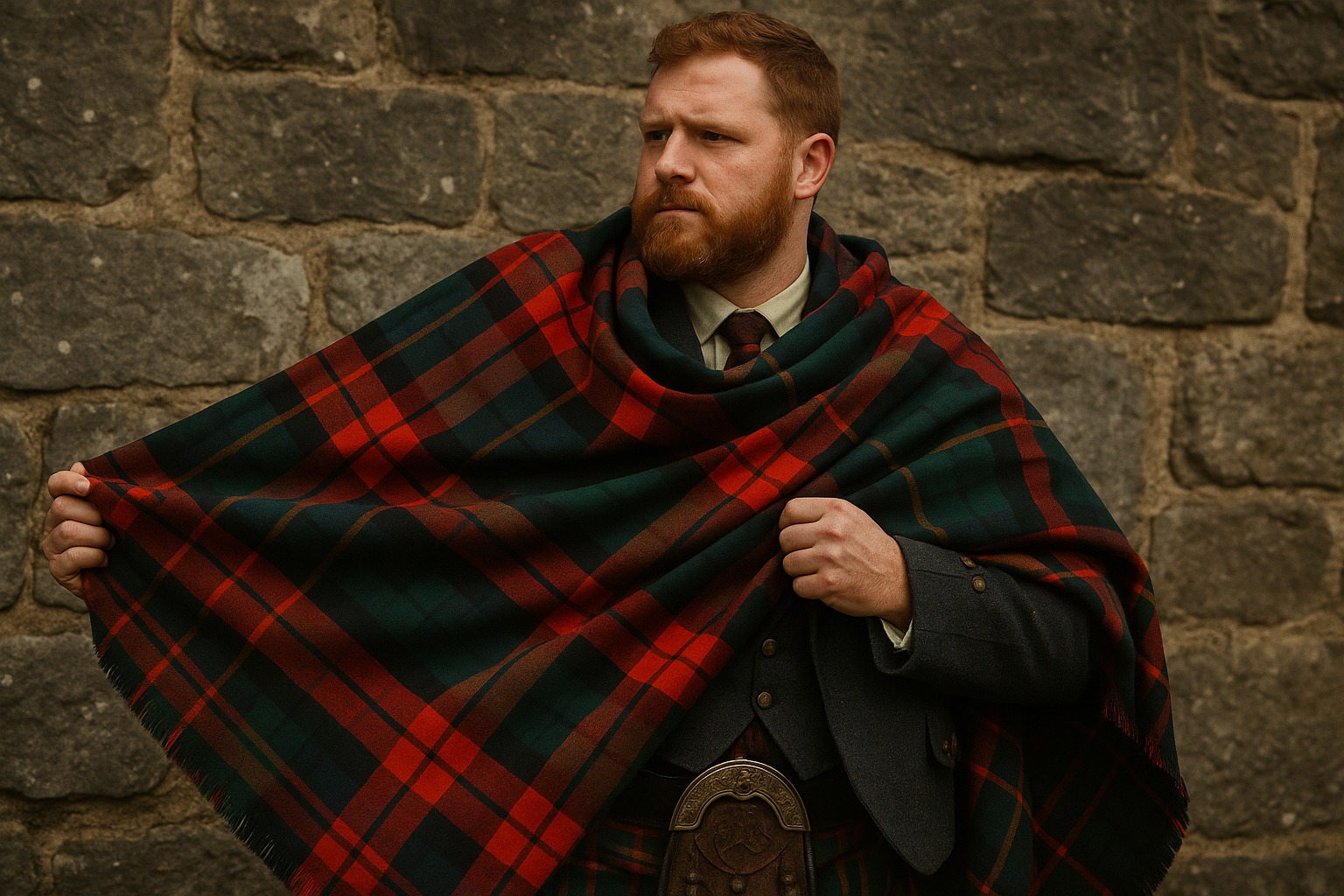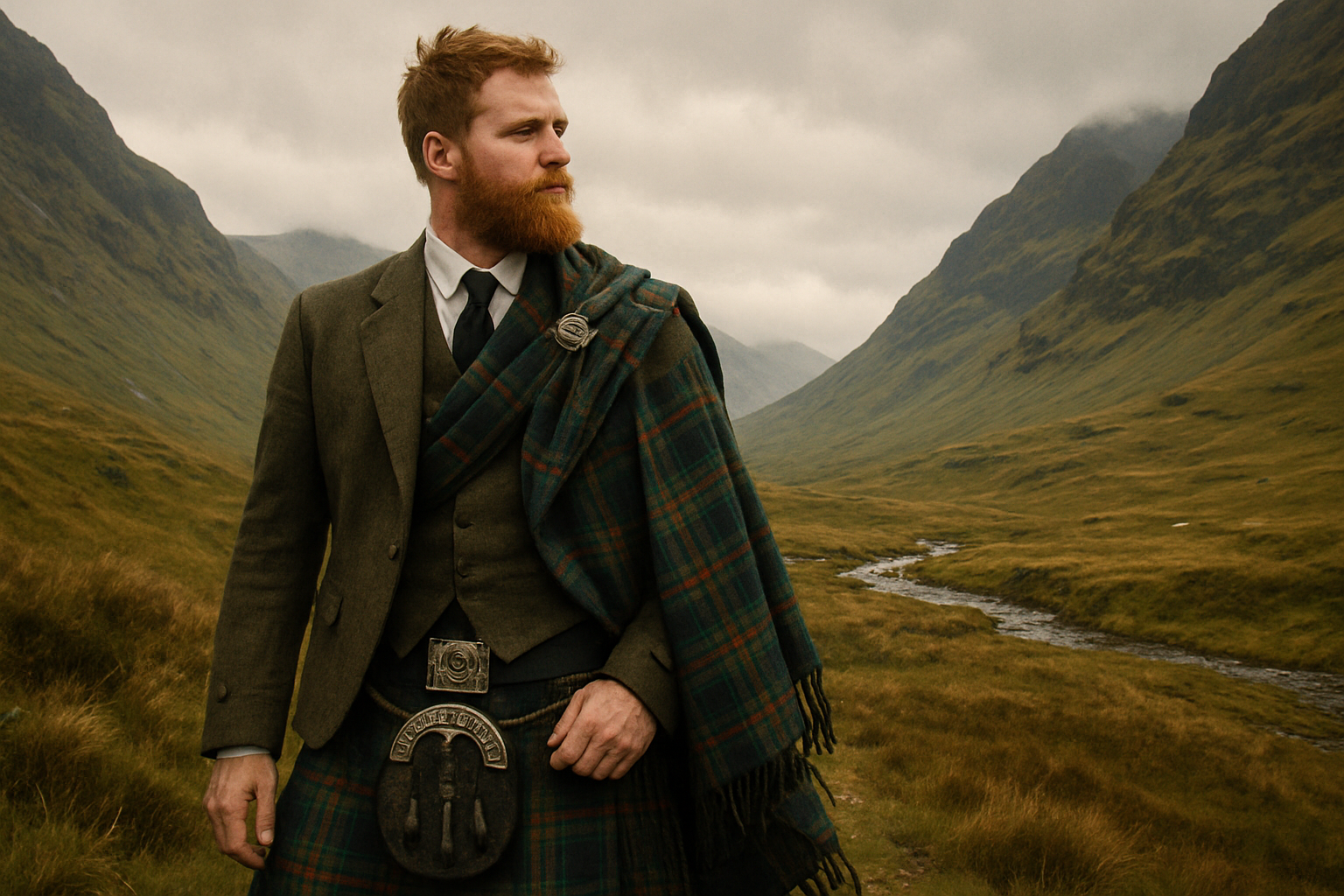Why the Kilt Is Often Worn in Moments of Transition
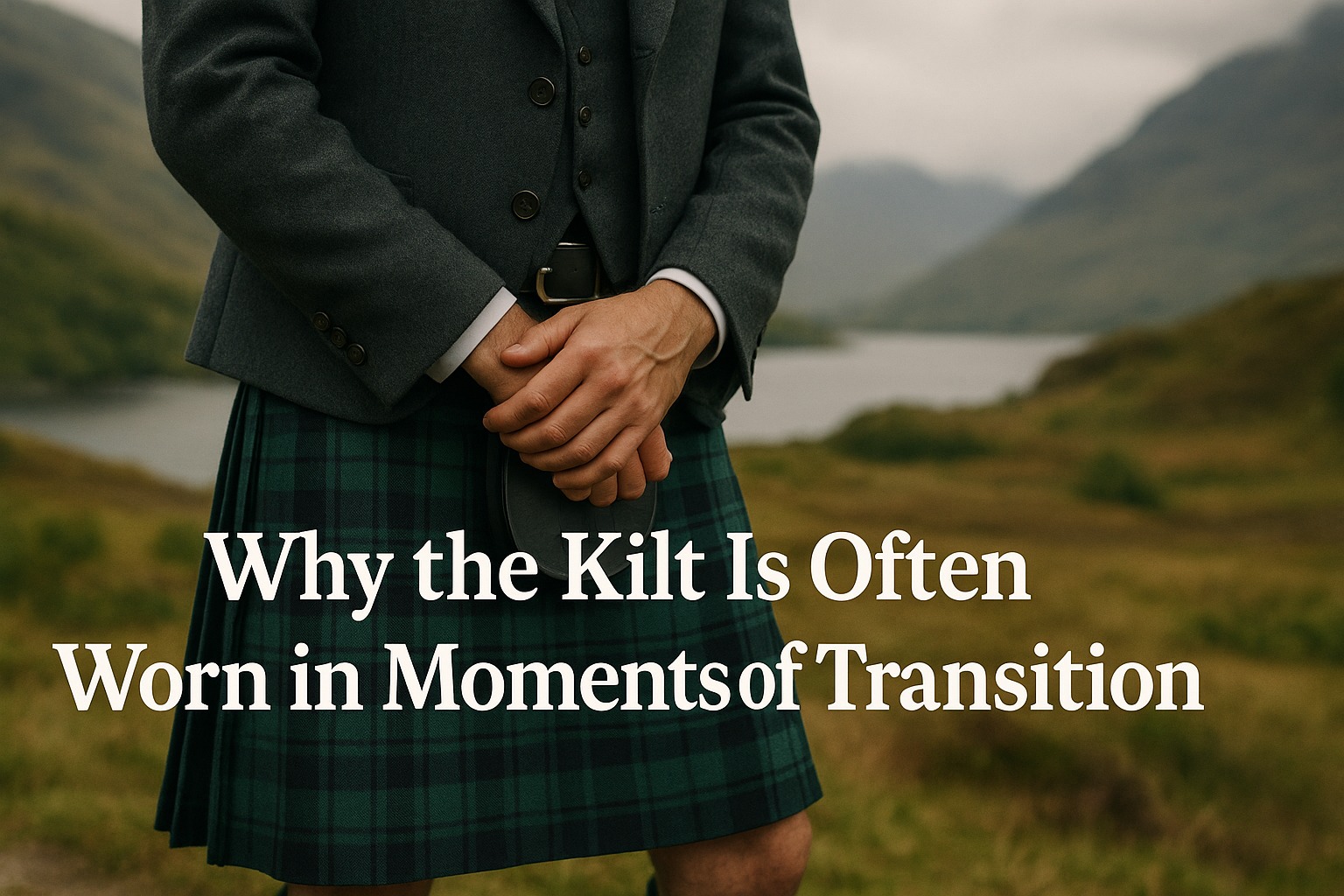
Strong 8k brings an ultra-HD IPTV experience to your living room and your pocket.
Introduction: The Garment Between Eras
The kilt is far more than a piece of clothing—it is a bridge between phases of life. In moments of transition, such as weddings, funerals, graduations, and ancestral pilgrimages, Scots turn to the kilt as a symbol of continuity, dignity, and identity. The act of donning a kilt during these pivotal events becomes a ceremonial acknowledgment that change is taking place, and that the wearer is stepping into a new role or phase of life while grounded in their heritage.
This article explores why kilts play such a central role in transitional moments. From the psychological comfort of tradition to the physical embodiment of clan legacy, we unpack the emotional, cultural, and historical reasons why the kilt continues to mark the thresholds of Scottish life.
1. Clothing as Ceremony
Across many cultures, specific garments are worn to mark transitional events. In Scotland, the kilt occupies this sacred space. Whether a boy receives his first kilt at age 10 or a man wears one to lay a parent to rest, the kilt is more than attire—it’s ritual.
These garments become part of the choreography of major life changes. Preparing to wear the kilt, adjusting it with care, choosing the proper tartan—all of it is a meditative practice, helping the wearer mentally and emotionally prepare for the moment ahead.
2. Births and Baptisms: A Clan Begins Anew
Even in infancy, the kilt may appear—if not in full, then in accessories like tartan sashes or wraps. Families with strong clan ties often use these occasions to introduce a child to their heritage.
Tartan baby blankets, christening gowns with plaid trims, and family tartan ribbons woven into naming ceremonies reflect the belief that belonging to a lineage begins at birth. These moments are subtle transitions—from the womb into the arms of the clan—and the fabric becomes the child’s first cultural language.
3. Coming of Age: The First Kilt
Receiving one’s first kilt is, for many young Scots, a rite of passage. It is often timed with a milestone—first communion, bar mitzvah, a major birthday, or participation in a Highland game. The moment a father fastens the strap on his son’s first real kilt, or a grandfather adjusts the pleats with practiced hands, is one charged with generational energy.
The child is being welcomed into adult identity—not just within the family, but within the broader Scottish tradition. The tartan they wear may be the same their ancestors fought in, danced in, or were married in. The garment, then, is more than wool—it’s inheritance.
4. Weddings: Two Clans, One Pattern
Few life events carry as much symbolic weight as a wedding, and the presence of kilts elevates that symbolism. When a groom stands at the altar in his clan tartan, he is not alone—he carries with him the blessing of generations.
It’s not uncommon for grooms to wear a kilt inherited from a father or grandfather, modified slightly to fit the occasion. Brides may also wear tartan sashes or incorporate clan colors into their bouquets or dresses. In blended marriages, some couples choose to combine two tartans—creating hybrid patterns or wearing both side-by-side to symbolize union.
The kilt, in this setting, becomes a silent vow: to honor the past while stepping into the future.
5. Funerals: The Final Fold
There are few sights more emotionally stirring than a piper in full Highland dress leading a funeral procession. The kilt, in this context, is a garment of mourning, respect, and closure. It brings a sense of order to grief, offering the bereaved a familiar structure in the midst of chaos.
Family members may choose to wear matching tartans, or the deceased may be buried in their kilt, signaling that their legacy is woven into the family’s ongoing story. Many kilts used at funerals have also been worn at weddings or family milestones, creating a circle of life through cloth.
6. Migration and Return: Wearing History Home
For Scots who emigrated or grew up in the diaspora, returning to Scotland—especially the Highlands—while wearing a kilt is a powerful statement. It marks a spiritual transition: from distance to reunion, from silence to rediscovery.
In places like Glencoe, Skye, or Culloden, descendants of clans exiled during the Clearances often return wearing kilts in the same tartans banned centuries ago. This act becomes both pilgrimage and protest, a way to say: "I am still here."
Many describe walking through ancestral lands in a kilt as feeling more visible, more whole. The kilt acts as both passport and compass.
7. Graduation and Achievement: Rising with Roots
Modern Scots are increasingly choosing to wear kilts for academic milestones—especially graduations. In doing so, they signal that achievement is not solely individual; it is communal. Behind every graduate stands a lineage of support, sacrifice, and cultural pride.
Wearing a kilt during such ceremonies is a way of saying: “I have arrived—and I know where I came from.” The garment adds gravitas and continuity to moments that might otherwise feel disconnected.
8. Recovery and Rebirth: Healing in Highland Fabric
Not all transitions are joyful. Some people turn to their kilts during times of personal loss, illness, or emotional rebirth. The familiarity and weight of the fabric, the ritual of dressing, and the identity embedded in each pleat can serve as anchors in times of uncertainty.
Therapists and grief counselors have observed how symbolic clothing—especially culturally significant attire—can aid in healing. For many Scots, the kilt becomes a shield, a reminder of resilience, and a physical way to reclaim personal strength.
9. Intergenerational Ties: The Passing of the Plaid
There’s a sacred quality to handing down a kilt. Whether it’s given as a gift or worn jointly at an event, the moment becomes a ceremony in itself. Fathers and sons, grandmothers and granddaughters, mentors and mentees—when a kilt changes hands, so does responsibility.
The passing of a kilt often accompanies a speech, a story, or a quiet nod that says, "You're ready now." The wearer steps into not just fabric, but legacy.
10. The Universal Threshold: Becoming Who You Are
Ultimately, the reason the kilt is worn during life’s transitions is because these moments ask us to be fully present, to stand tall, and to acknowledge who we are. The kilt supports this becoming.
Wearing a kilt transforms an ordinary moment into one of reflection and ceremony. It tells the world—and the self—that something important is happening. It declares that though time moves forward, our roots remain firm.
________________________________________
Conclusion: Dressed for Becoming
In every life, there are thresholds—moments when we are no longer who we were, but not yet who we will be. In these spaces, the kilt becomes more than a garment. It becomes a guide.
Wearing a kilt during transitional moments is an act of reverence—for self, for family, for heritage. Whether donned for joy or sorrow, the kilt carries us through change with dignity and pride. It reminds us that though we walk new paths, we do so with ancient strength wrapped around our waists.
So the next time you see someone wearing a kilt—not just at a ceilidh or ceremony, but standing alone in still reflection—know that you may be witnessing a transformation. In wool and pleats, Scotland walks forward.
Note: IndiBlogHub features both user-submitted and editorial content. We do not verify third-party contributions. Read our Disclaimer and Privacy Policyfor details.

